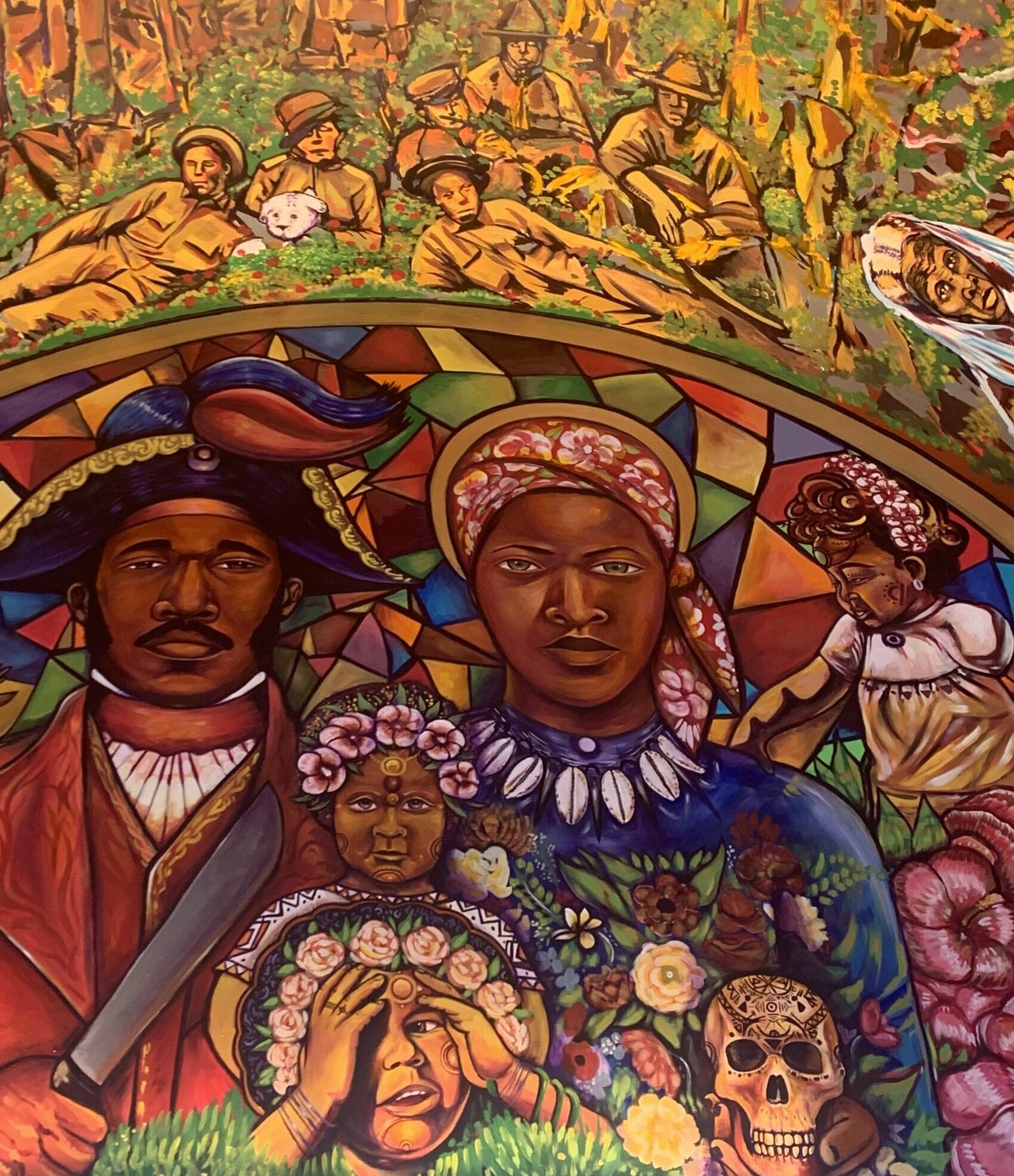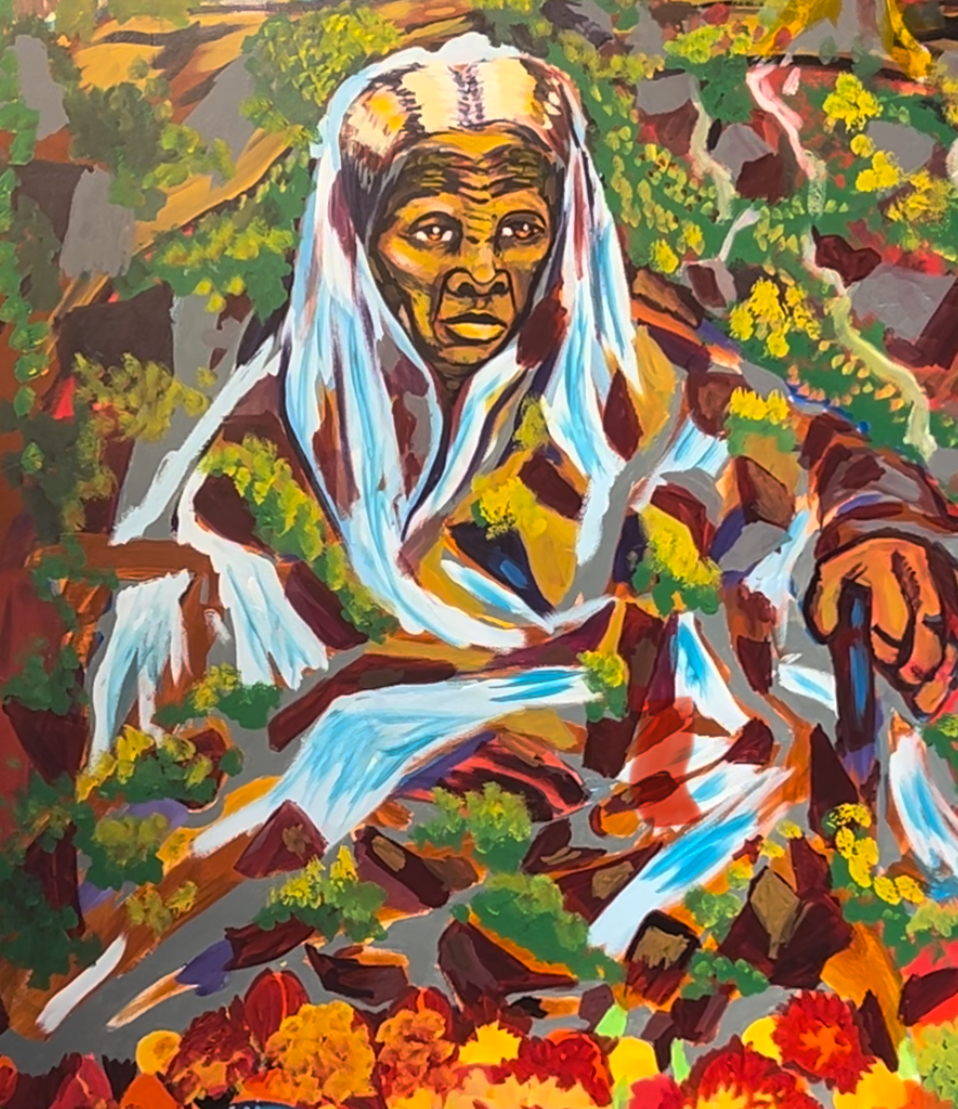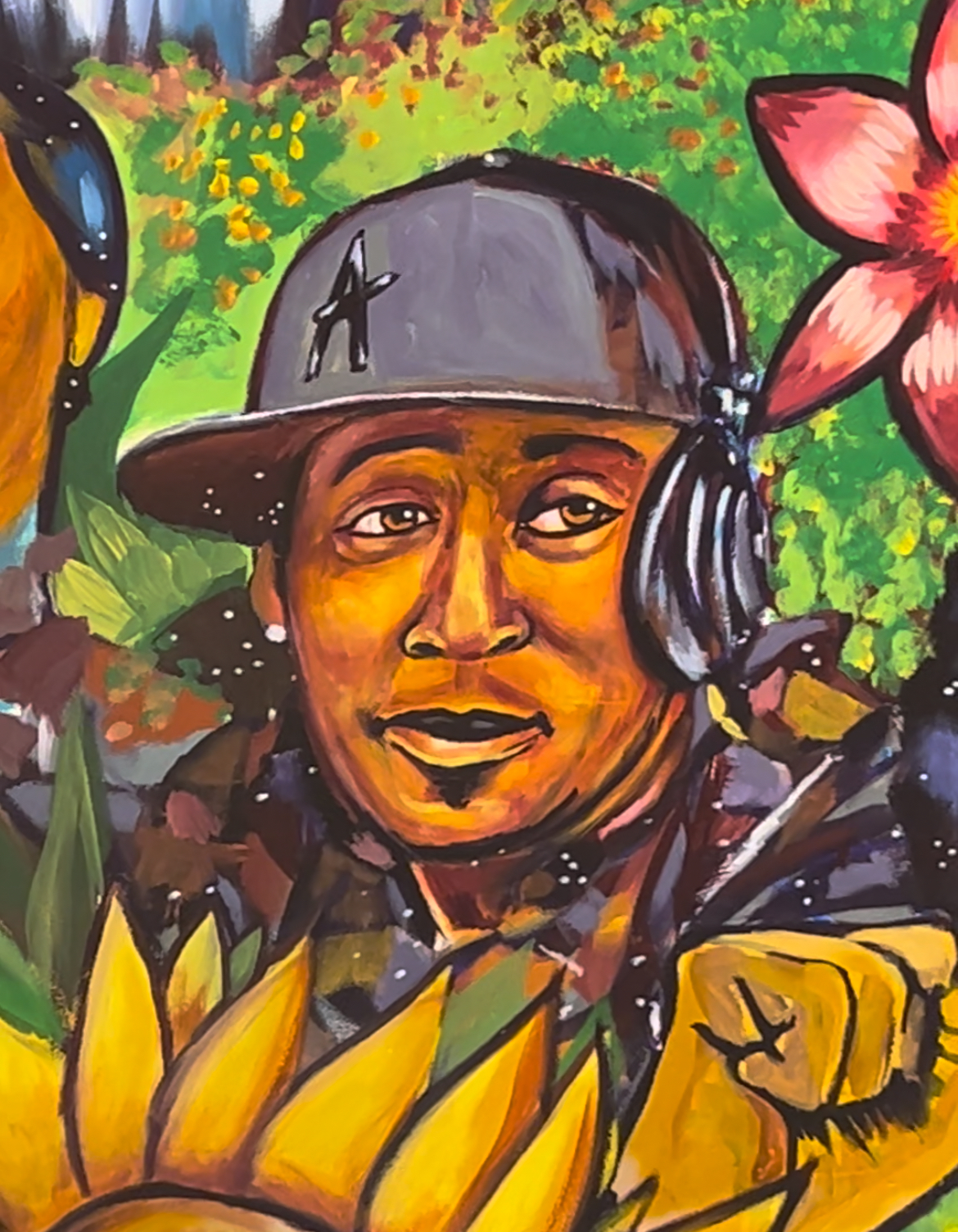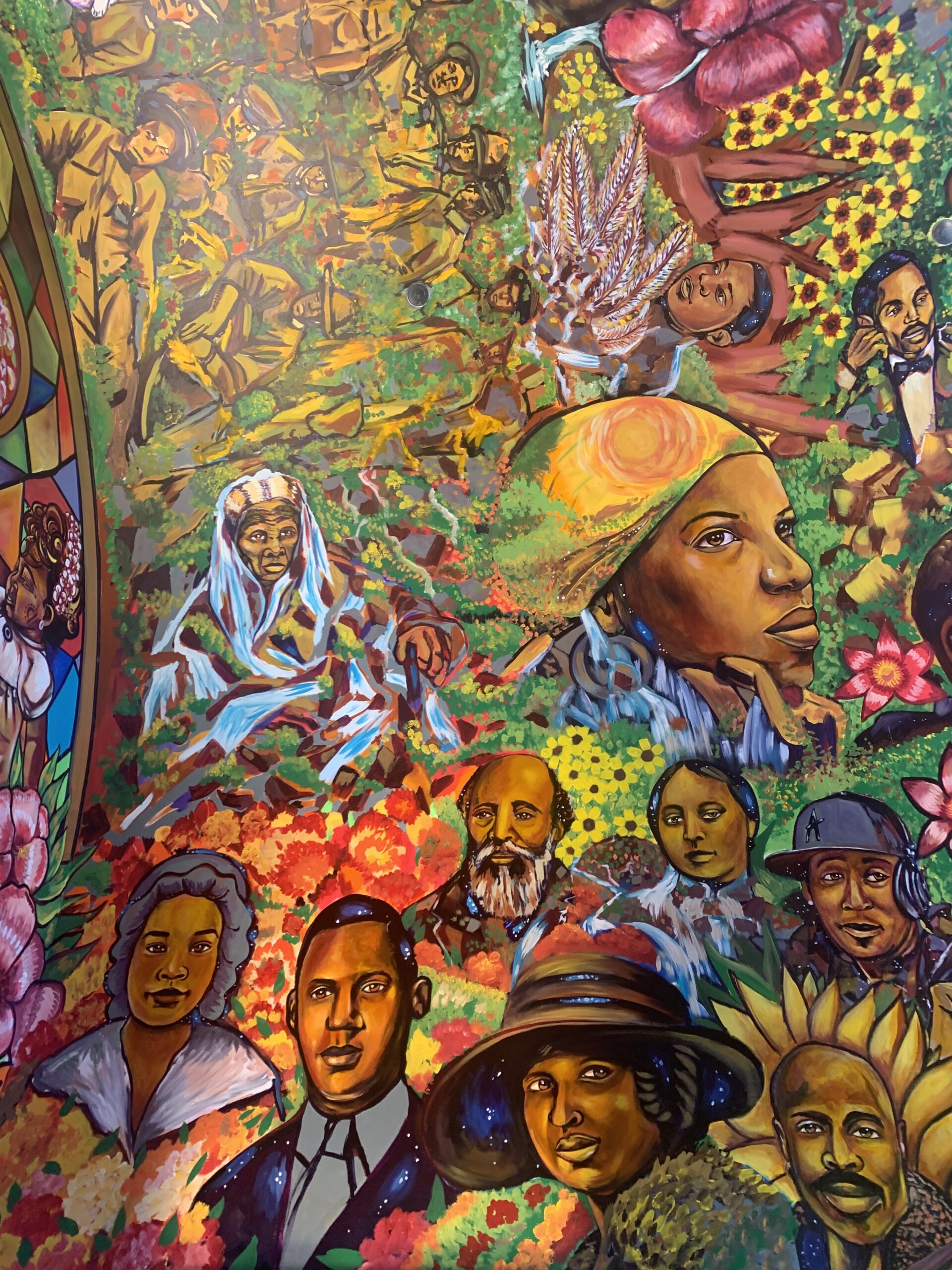
Each February, during Black History Month, we often talk about historical achievements and notable historic figures who happened to be African American. We enjoy celebrating each year, and this year, we want to go deeper. To assist, we rely on one of Vermont’s greatest works of art, Main Street Landing’ s Wall of Respect: Luminaries of Justice and Liberation by Vermont Prize winner, Will Kasso Kondry and Jennifer Herrera Condry of Juniper Creative.
The Wall of Respect is located inside of the front door of the Main Street Landing Performing Arts Center. During the pandemic, Main Street Landing commissioned Juniper Creative to paint a mural inside the lobby of the Main Street Landing. Out of many months of effort emerged an artistic masterpiece depicting portraits of people contributing in many different disciplines to Black art and culture.

What does it mean to have a deeper discussion about transportation options?
What do the people represented in the Wall of Respect have to do with transportation and transportation equity?
There are different ways to look at this just as there are different perspectives on the history of African Americans in the history of the United States. While one perspective shows the struggle people of color in the U.S. have had to overcome and the role of transportation in that study, another perspective that is celebrated on the Wall of Respect, is the joy and the achievement despite many obstacles.
In this post, we share a little about both of these.
All Aboard

Our tour begins with someone for whom walking literally meant freedom: Harriet Tubman. To find her, look at the wall opposite the entrance to the Performing Arts Center and notice the purple flowers in the bottom right corners. Ms. Tubman is on the right wall at the end, next to the purple flowers.
Her portrait on the Wall of Luminaries is based on a portrait taken of her, covered by a hand-knit, garter-stitch shawl, probably at her home in Auburn, New York. Her shawl, in the mural, is represented by flowing water. This water connects her to the other historical figures.
For Harriet Tubman, although she also used other methods, walking was an important method of getting to freedom. Although most people commute by other methods, there are still plenty of people who walk to work whether it’s by choice, it’s for sustainability, or it’s out of necessity.
Popping off
The next stop on this tour is to the right of Harriet Tubman and hits much closer to home. It’s also an example that sometimes history is closer than you might think.

Burlington’s legendary, Andy “A-Dog” Williams is depicted wearing a hat emblazoned with an “A” and has one ear covered by his headphones in true DJ style with a friendly smile on his face. A-Dog, was a Burlingtonian, DJ, skateboarder, artist and all around amazing human.
He often took his skateboard to get to work, evidence that skateboarding isn’t just a recreational activity. Burlington’s waterfront skatepark is named after A-Dog who brought so much art and creativity to the Queen City. A-Dog is a great example of how there is more than one narrative, one aesthetic or one history when it comes to Burlington and Vermont.
Read more about his story here.
On the right track
Our last stop on this tour of the Wall of Luminaries is a little bit of a surprise. This story is about the environment through which we travel and how it changes over time. Although street art is considered a nuisance for some, it is seen as welcoming by many others particularly when that street art is in the form of a mural. On the Wall of Luminaries, the artist Phase 2, is depicted above the front door.

Waterfalls form angelic wings sprouting from his back and both hands cover his sunglasses as he peers out from under a black beret on the Wall of Luminaries. His large, anchoring portrait sits above the main doors of the Main Street Landing Performing Arts Center.
The stories told in street art are often the stories of marginalized communities. These stories are often not the stories being told in the local museum. Although, at CATMA, we absolutely do not condone the destruction of property, we DO condone the beautification of city walls with art created out of collaboration between a local municipality and a local artist.
Phase 2 is one of the original creators of street art in New York during the 70’s. Although his art began on subway cars, it progressed to canvas and print. He introduced the concept of sketching letters in a bubbly style called “softie.”
Street art is always a signal to anyone passing by. A beautiful street mural created by an artist is a welcome sign. It beautifies a street and creates a place where it is more fun to be on the sidewalk next to the bright colors.

Street art, by which we mean sanctioned street art, is a great way to encourage more pedestrian and bicycle traffic in our community. At CATMA we are fans of creating a welcoming environment for sustainable travel.
Exit through the gift shop…
Although the narrative of black history and transportation has largely and rightly centered around the fight for equality on buses and transit systems, it’s important to remember that there is more to the story. To see and experience the Wall of Luminaries is to walk into a lush, golden world of opportunities achieved and justice rolling down like waters.
The Wall of Luminaries is open to all at no charge whenever the Main Street Landing Performing Art Center is open. It can be accessed through the entrance next to Skinny Pancake. Take the elevator up to the Performing Arts Center and make your way to the lobby. The Wall of Luminaries Awaits.

